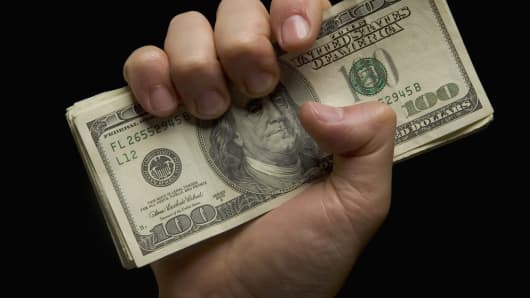Other positive developments include a housing rebound, and the sense that Europe is beginning to solve its problems.
(Read More: My Mansion's Worth What? Wealthy Fight Assessors)
If you read these signs that the long-term outlook is indeed turning favorable and risk is diminishing, the only thing that might hold you back is fear of volatility.
It's important to remember that while risk and volatility are related, they're not twins.
Risk should be considered as the danger of not hitting a goal (a long-term inflation beating annualized positive return on you invested capital) while volatility is a measure of how bumpy the road might be on the way to achieving that goal.
There will certainly be many ups and downs ahead, but if you're still sitting with a lot of cash, it's time to reassess your position. Depending on your situation, it might not be the prudent choice. Cash is earning virtually nothing, and though inflation is slight, it's chipping away at what you've got. Nowadays, the fixed income market is starting to look risky, as interest rates continue to scrape the bottom and bond prices remain at near-historic highs.
For the individual investor, getting back in shouldn't mean picking five stocks and placing your bets on them. It means — as always — putting together a well-diversified portfolio, for example with a mix of bonds, large-cap and small-cap equities, as well as international investments.
(Read More: 'Penta-Millionaires' Happier Than Merely Rich: Study)
Your personal time frame determines how you should be invested. If you're investing for the future, your decision-making should be based on where things are headed rather than where they have been.
If you are one of the many people maintaining an uncomfortably large cash position, I offer this thought: when you burn your finger while cooking, it's sensible to be wary of the stove. But it makes no sense to stay out of the kitchen entirely.
(Read More: Art Boom Forces Wealth Advisers to Develop an Eye)
Kenneth A. Kamen is a managing director of The Mercadien Group and president of Mercadien Asset Management and Mercadien Securities, as well as the author of the highly acclaimed book from Bloomberg Press, "Reclaim Your Nest Egg: Take Control of your Financial Future."


